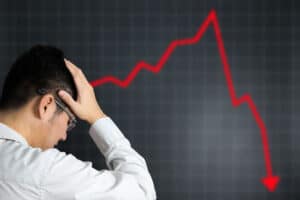The 10 year US Treasury bond yield is yielding 1.77%, up from a 5 year low of about .50% in July of 2020. While rates are still very low on a historical basis going back to 1981, this most recent rise on a percentage basis is quite large. Since 1981, interest rates have been on a long-term downtrend. This low-rate environment has been great for stocks.
Rising rates are bearish for stocks for several reasons. Higher rates make other investments, especially bonds, more attractive. The higher yields and safety of Treasury bonds can be appealing for risk-averse investors. Also, higher rates increase borrowing costs for companies, often crimping balance sheets.
The major stock averages have been largely propelled by large-cap technology stocks. Facebook, Apple, Netflix, Google, and Microsoft have accounted for a huge percentage of the major indices rise over the past 5 years. Many technology companies are especially sensitive to higher rates. Technology stocks tend to have a high price-to-earnings ratio and pay little to no dividend.
When we dig a bit deeper into the effect rising rates actually have on stock prices we see a bit of a more conflicting scenario. It is the rate at which interest rates move up that really affects equity prices. When rates move up swiftly and dramatically this can have a negative impact on equity prices. However, when rates move up in a more measured fashion, stock prices can move in sync with rising rates.

